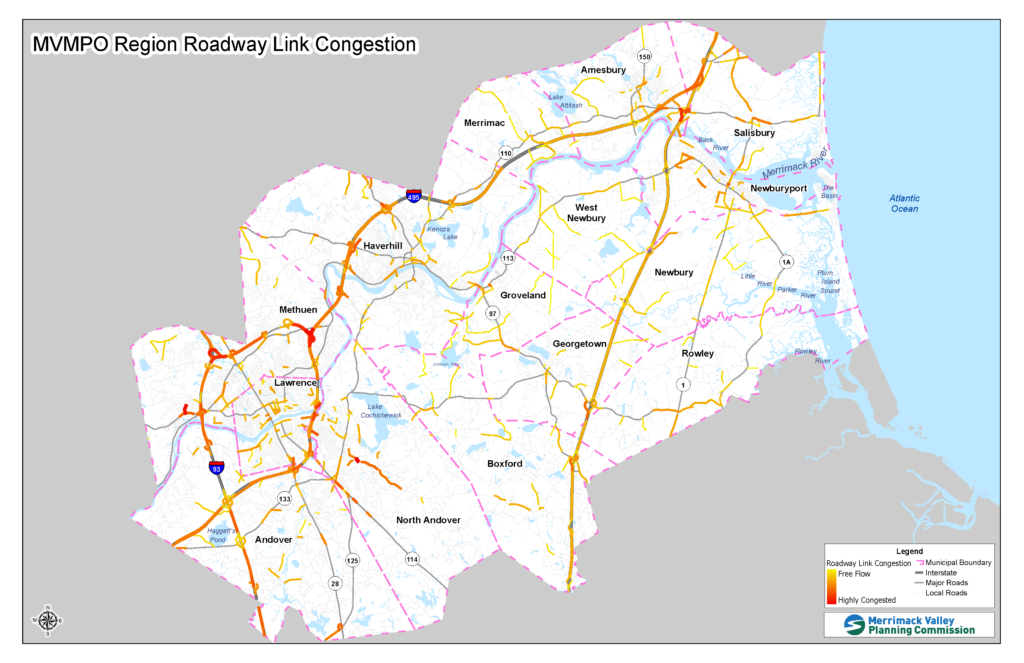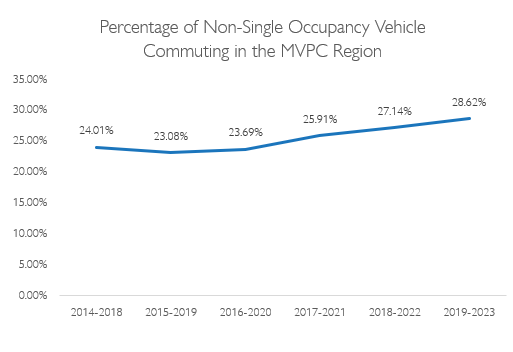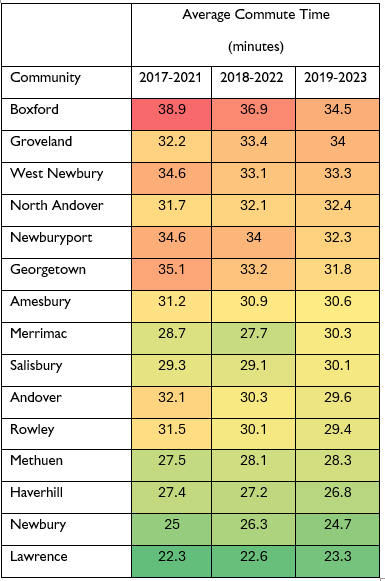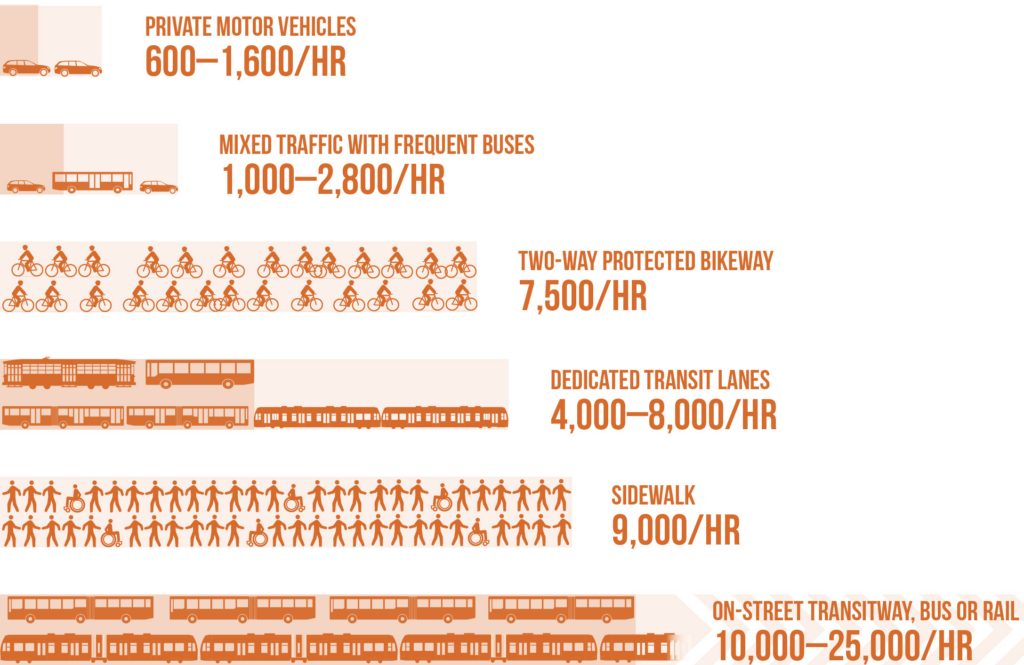At its January meeting, the Merrimack Valley Metropolitan Planning Organization (MVMPO) endorsed an updated Congestion Management Process (CMP) for the Merrimack Valley region. The CMP, a federally required transportation planning document, was prepared by MVMPC’s transportation program and is available here.
What is the Congestion Management Process (CMP)?
Urban areas with a population over 200,000 are designated as Transportation Management Areas. The federal regulations for Metropolitan Planning Organizations (MPO) require MPOs serving Transportation Management Areas to establish a Congestion Management Process (CMP). Because MVMPO serves a Transportation Management Area, MVMPO is required to establish a CMP. The CMP is used to guide other MPO planning studies, performance measures, and programing decisions. Federal guidance for the CMP consists of eight actions:
- Develop Regional Objectives
- Define CMP Network
- Develop Multimodal Performance Measures
- Collect Data/Monitor System Performance
- Analyze Congestion Problems and Needs
- Identify and Assess Strategies
- Program and Implement Strategies
- Evaluate Strategy Effectiveness
What does the CMP include?
The CMP highlights goals included the region’s Metropolitan Transportation Plan that align with congestion management. The document then provides an overview of the existing conditions in the region by establishing multimodal performance measures. MVPC’s transportation staff mapped the top congestion bottleneck locations using data available from INRIX and assessed roadway congestion based on traffic volumes and roadway capacity.
In addition to region-wide data, the document also includes data and maps for the top congestion locations each in Merrimack Valley community and commute mode percentages by community.

Roadway congestion in the Merrimack Valley region.
The CMP acknowledges the importance of multimodal strategies to reduce roadway congestion and establishes performance measures such as transit ridership and share of commute trips made by modes other than driving alone (non-single occupancy vehicle commuting, shown in the graph below). The CMP also includes data for the average commute time in each Merrimack Valley region community to track changes in commuting patterns over time.

Share of commute trips made by mode other than driving alone. (Source: ACS 5-year estimates)

Average commute time (Source: ACS 5-year estimates)

Capacity of a single standard width travel lane by mode at peak conditions with normal operations (Source: NACTO Transit Street Design Guide)
Transit and bicycle and pedestrian transportation have significant potential for moving people and reducing roadway congestion, as demonstrated in the above graphic. Transportation demand management strategies such as promoting telework options and carpooling can also help reduce congestion. The CMP includes five categories of strategies for reducing congestion:
- Transit
- Bike and Pedestrian
- Transportation Demand Management
- Optimization of Traffic Signals
- Roadway Enhancements
For more information on these strategies and the performance measures associated with them, check out the CMP document!
